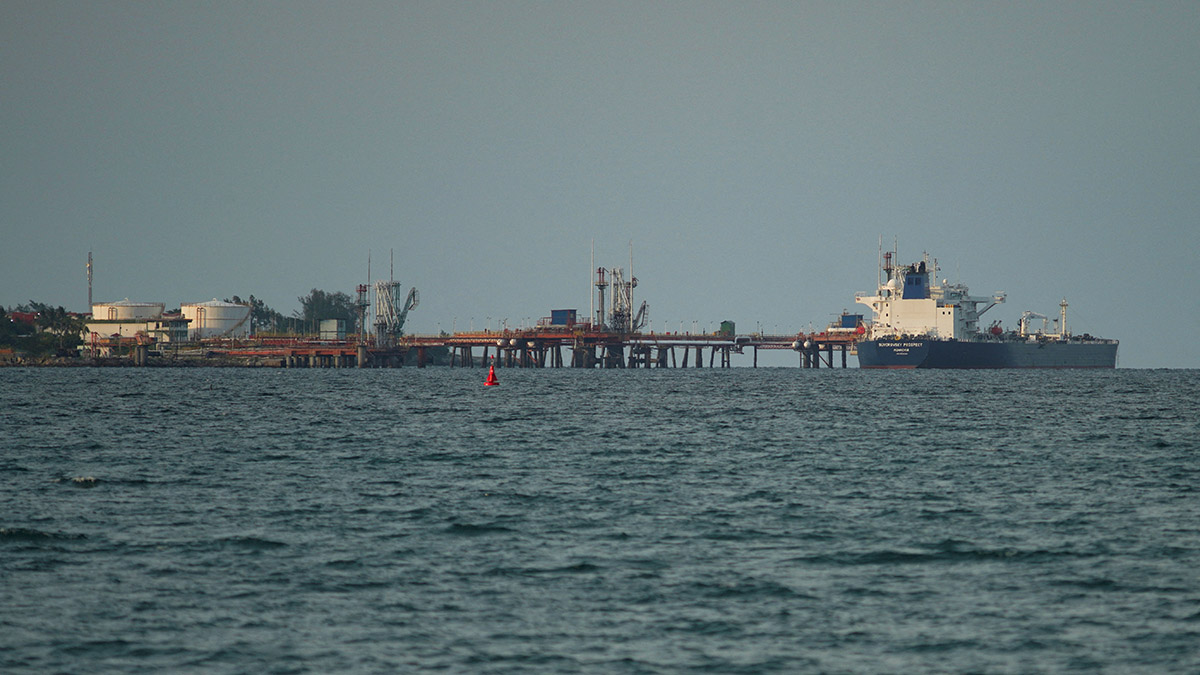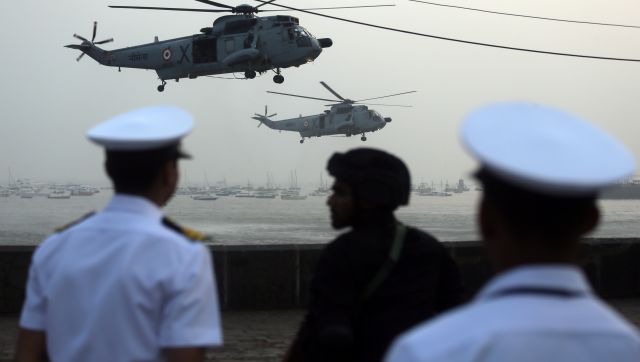PM Modi’s visit to the US from 21 to 24 June 2023 was indeed path breaking from multiple perspectives. He became only the third Indian leader after former President Radhakrishnan and PM Manmohan Singh to be accorded the honour of state visit; highest expression of friendly bilateral relations between two sovereign states. Incidentally, President Biden had hosted just two leaders as state guests before Modi, this indicates the extent of transformation of India-US relations over the last two and half decades.
The visit came at a time when the US is in confrontation with Russia in the wake of the Ukraine war and Beijing’s disruptive designs has led to heightened tensions both for Washington and Delhi. John Kirby, Coordinator for ‘Strategic Communication-National Security Council’ at the White House clarified that while China was on the agenda during the course of discussions, the visit per se was not about China. As per another White House official, the visit was also not about leveraging India to be counterweight to China but to deepen ties between the two largest democracies of the world.
Highlights: Key takeaways
The PM’s visit started in New York with the commemoration of Ninth International Yoga Day on 21 June at UN headquarters, show-casing India’s soft- power, Yoga becoming the most popular cultural export. The following day in Washington DC, Modi was accorded a grand welcome by President Biden at the White House. Later, the two leaders held a historic summit affirming a vision of ‘Comprehensive Global Strategic Partnership’, followed by Modi’s address to the Joint session of the US Congress for the second time- a rare honour indeed.
Technology has emerged as the Key driver in chartering the future course of bilateral partnership. The ‘Initiative on Critical and Emerging Technology’ (iCET) framework will facilitate greater technology sharing, co-development, co-production opportunities between business and academic institutions. NASA and ISRO are collaborating in human spaceflight by the end 2023 and mounting joint effort to the International Space Station in 2024. Signing of MOU on semiconductor supply chain comes along with Micron Technology Inc decision to invest $ 825 million to build new semiconductor assembly in India. Alongside, Applied Materials Inc is to establish a collaborative engineering centre with investment of $400 million. For creation of secure telecommunication and digital inclusion, two joint task forces have been launched led by India’s Bharat 6G Alliance and US Next G Alliance. A joint coordination mechanism has been established to progress work in ‘Quantum Information Science and Technology’. Agreements have also been signed for collaboration in the fields of AI and atomic energy.
Number of key agreements were signed to power the next generation defence partnership. These include strengthening of defence industrial cooperation, streamlining implementation of foundational agreements, information sharing, strengthening of maritime security and launching of dialogue in space and AI domains. ‘India-US Defence Acceleration Ecosystem’ (INDUS-X) will facilitate joint defence technology and co-production of advance technology.
Signing of MOU between General Electric (GE) and Hindustan Aeronautic Limited (HAL) for the manufacture of GE F-414 engines for the Light Combat Aircraft (LCA) MK 2 is a landmark agreement, enabling greater transfer of jet engine technology. The General Atomics MQ 9B armed UAV, India plans to procure 31 of these to be assembled in the country, will greatly enhance ‘Intelligence, Surveillance, Reconnaissance’ capabilities of the Indian Armed Forces. India’s emergence as a hub for maintenance and repair of forward deployed US Navy assets got further boost with the signing of ‘Master Ship Repair Agreements’ with local shipyards.
Towards deepening of strategic convergence, both sides affirmed rule based international order, besides respecting sovereignty and territorial integrity of the states. Sharing deep concern over the Ukraine conflict, the two leaders called for greater efforts to mitigate the repercussions. Both sides pressed for comprehensive UN reforms wherein Biden reiterated US support for India’s permanent membership in the UN Security Council (UNSC). Biden and Modi recommitted themselves to Quad, reiterated open, inclusive, peaceful and prosperous Indo-Pacific with concerns over rising tensions in the region. They reaffirmed their commitment to complete denuclearization of the Korean Peninsula and condemned ballistic missile launches by Democratic People’s Republic of Korea (DPRK).
Standing together to counter global terrorism and violent extremism, the two leaders called out Pakistan to take immediate action to stop cross border terrorism and ensure that no territory under its control is used for launching terrorist attacks, besides demanding perpetrators of 26/11 Mumbai and Pathankot attacks be brought to justice. They also restated strong support for peaceful and stable Afghanistan as also strengthening of I2U2 (India, Israel, United Arab Emirates, United States) partnership.
To use G20 to deliver shared priorities, both countries recognised the potential of Digital Public Infrastructure (DPI) and strengthened ‘Multilateral Development Banks’ to address global challenges of the 21st Century. The two leaders also reaffirmed ‘Indo Pacific Economic Framework’ (IPEF) as an important pillar for collective efforts to build resilience supply chains and accelerate progress of the two economies.
Trade and investment partnership is the engine for growth, evident from bilateral trade exceeding $ 191 billion in 2022. Both countries have taken steps to resolve major outstanding disputes and reconvene ‘India-US Trade Policy Forum’ by the end of the year. The concept of “Innovation Handshake” is set to connect the dynamic startup ecosystem of two sides. Coming together of ‘Indian talent with US technological advancement’ guaranteed a bright future, stated Modi.
Towards empowering the future generation, the Joint Task Force of ‘Association of American Universities’ and leading India educational institutions have been set up. Establishment of ‘Indo-US Global Challenge Institutes’ will help create more research partnerships and exchanges in semiconductors, sustainable agriculture, clean energy, health and emerging technologies. As of 2022, around 211,930 Indian students are studying in the US.
New-era India-US relations: Strategic reset
As evident from the above, the Indo -US ties are set to scale new heights. Geo political rivalry with Beijing is instrumental in rapid deepening of strategic partnership between Delhi and Washington. President Xi Jinping perceives the US to be the sole competitor and impediment in realisation of his China dream, while India is seen as a potential rival. Biden apparently is not confident to take on Xi as a number of the US allies are reluctant to confront China directly. Therefore, the US is counting on India to balance out China and play a significant role to further the Indo-Pacific strategy, the cornerstone of its China policy. India too is cognisant of asymmetry in the Comprehensive National Power (CNP) vis a vis China and realises the need for US support in capacity building as also deterring the dragon from undertaking major misadventures.
Despite the US and West efforts to reduce dependence on China through decoupling and de-risking the supply chain networks, Beijing still remains a major global trading partner. Here, India is seen as an alternative to China as a manufacturing hub. However, for technology firms to relocate to India especially under the iCET framework and INDUS-X scheme, there are challenges by way of infrastructure and conducive ecosystem. Even harnessing dual use technologies for defence has numerous complexities. With regards to the GE F414 engines, the HAL and DRDO will have to gear up to assimilate the technology fast.
India’s increasing dependence on the US in defence and technology while simultaneously weaning away from Russia has obvious ramifications. India already has four foundational defence agreements with the US, besides enjoys special status as a major defence partner and a non-NATO member. Given the fresh agreements and growing ambit of Quad, Indian defence establishments are in for increased presence of US military assets. The India-US relations entering a ‘New Era’ will merit reset of India’s strategic calculus, entailing both rebalancing and recalibration.
The writer is a war veteran, former Assistant Chief, currently Professor Strategic and International Relations. Views are personal.
Read all the Latest News , Trending News , Cricket News , Bollywood News , India News and Entertainment News here. Follow us on Facebook , Twitter and Instagram .


)




)
)
)
)
)
)
)
)